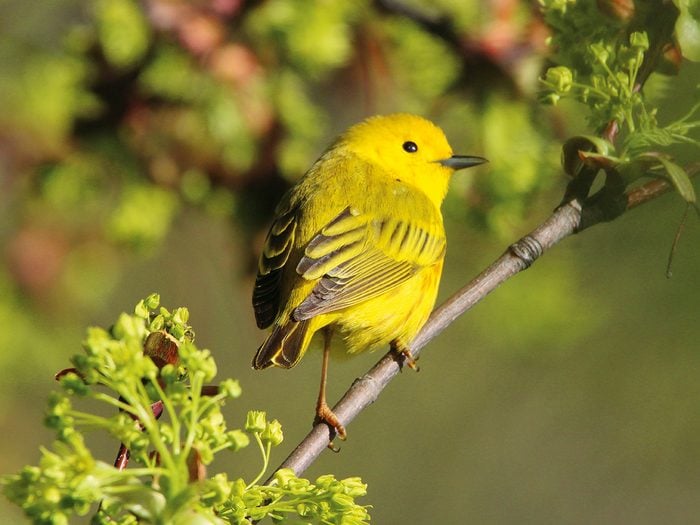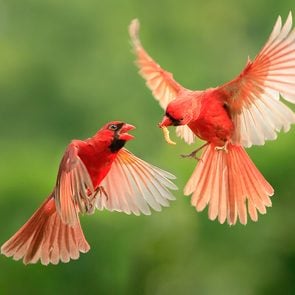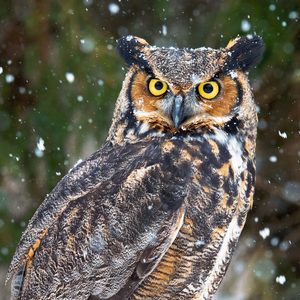A Visit From This Bright Yellow Bird is a Sure Sign of Spring

It’s not every day that a yellow warbler visits your backyard!
One of my favourite things about spring is the arrival of different species of birds. My grandfather was a bird lover, and I picked up the birdwatching hobby at a young age, thanks to his influence. My husband, John, and I find it a relaxing way to enjoy nature; we like birdwatching when we go camping or hiking. Plus, I have a great love of nature photography, so when we sit out in the backyard of our home in Barrie, Ontario, I always have my Canon digital camera with me. John is an artist, and he often paints the birds I photograph.
Usually when the yellow warblers come back from the south in springtime, they pass us by; we don’t typically see them hanging around our home. But not on this particular sunny day in spring. As soon as I finished my workday, I put on a light jacket and went out to the backyard to unwind in my favourite way: by watching the birds.
While taking some pictures of cardinals and chickadees at one of our feeders, I looked up and noticed this yellow warbler in our maple tree. The tree had recently begun to bud, and the bird’s yellow feathers looked striking against the yellow blooms, so I took this photo.
Our backyard has a variety of trees, and between my husband and me, we’ve documented almost 40 different species of birds. I’ve photographed most of them, but some can be a bit camera shy, so I also keep a written list of what we see. Our more common visitors are cardinals, blue jays, chickadees, hummingbirds, various finches and sparrows.
I watched as the yellow warbler hopped from branch to branch that day. I could tell he was a male because of the reddish-chestnut streaking on his chest; females have more of a solid yellow underpart. I like to say he was doing the “warbler dance” because warblers don’t ever seem to sit still, which makes them tricky to photograph.
As I watched, I listened closely. The yellow warbler’s whistled song sounds like it’s saying “Sweet, sweet, sweet, I’m so sweet,” but this one was strangely quiet; I’m guessing he was too busy looking for caterpillars and other insects to eat. After a long migration from Central or South America, he must have been hungry.
Soon, I’m sure, he’ll continue his path north to find a wet, wooded area where his sweet whistle will attract a mate.
Next, find out how to attract birds to your own backyard.






